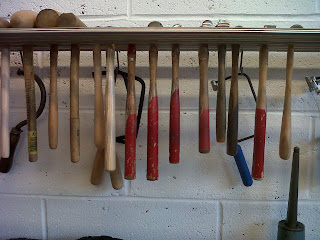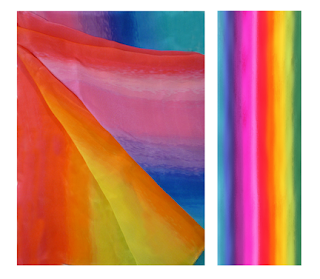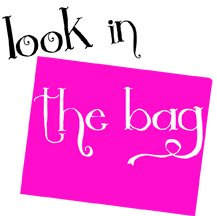In the case of Look-in-the-Bag, that happened because we couldn't afford models. We would have liked to use photographs of LitB customers, but when we were developing the website we didn't have any, so that wasn't an option.
Fortunately that's changed in the last year, and some of our customers have allowed us to feature them on our Facebook page.
However, when setting up the website, we wanted to show our products being worn, so Neelam decided to draw some models and to dress them in Look-in-the-Bag accessories. The result was a quirky and colourful collection section that makes our website a bit different from most other fashion sites.
People liked the collection section and began to express views on their favourite models. So that we knew which ones were being referred to, we gave them names. With names came characters and back stories.
Our models have now begun to take on lives of their own and have just come back from travels*. Being fictional models though, they were able to go to some rather unusual places.
*Their travel stories will pop up once a week between now and Christmas.
























